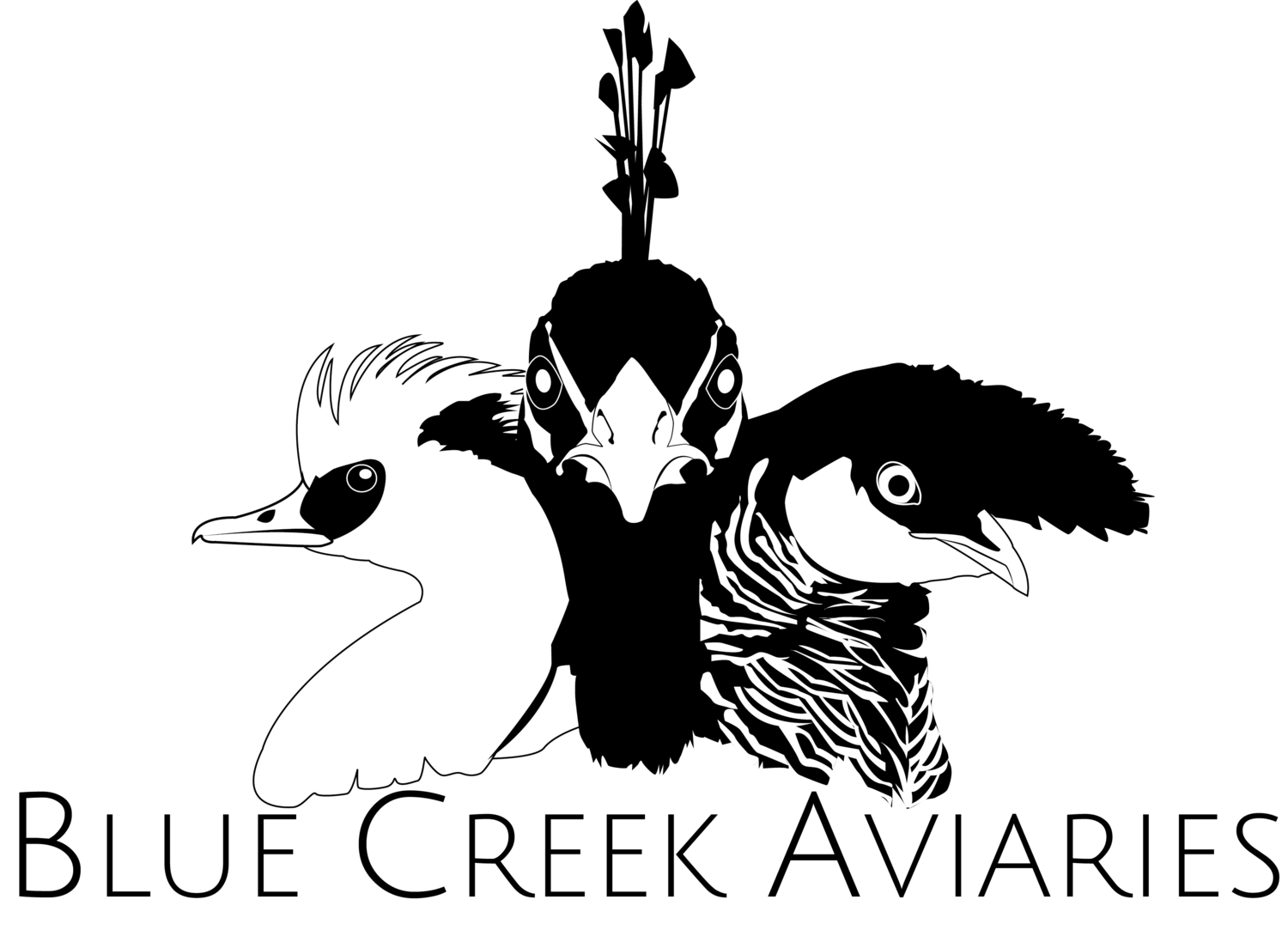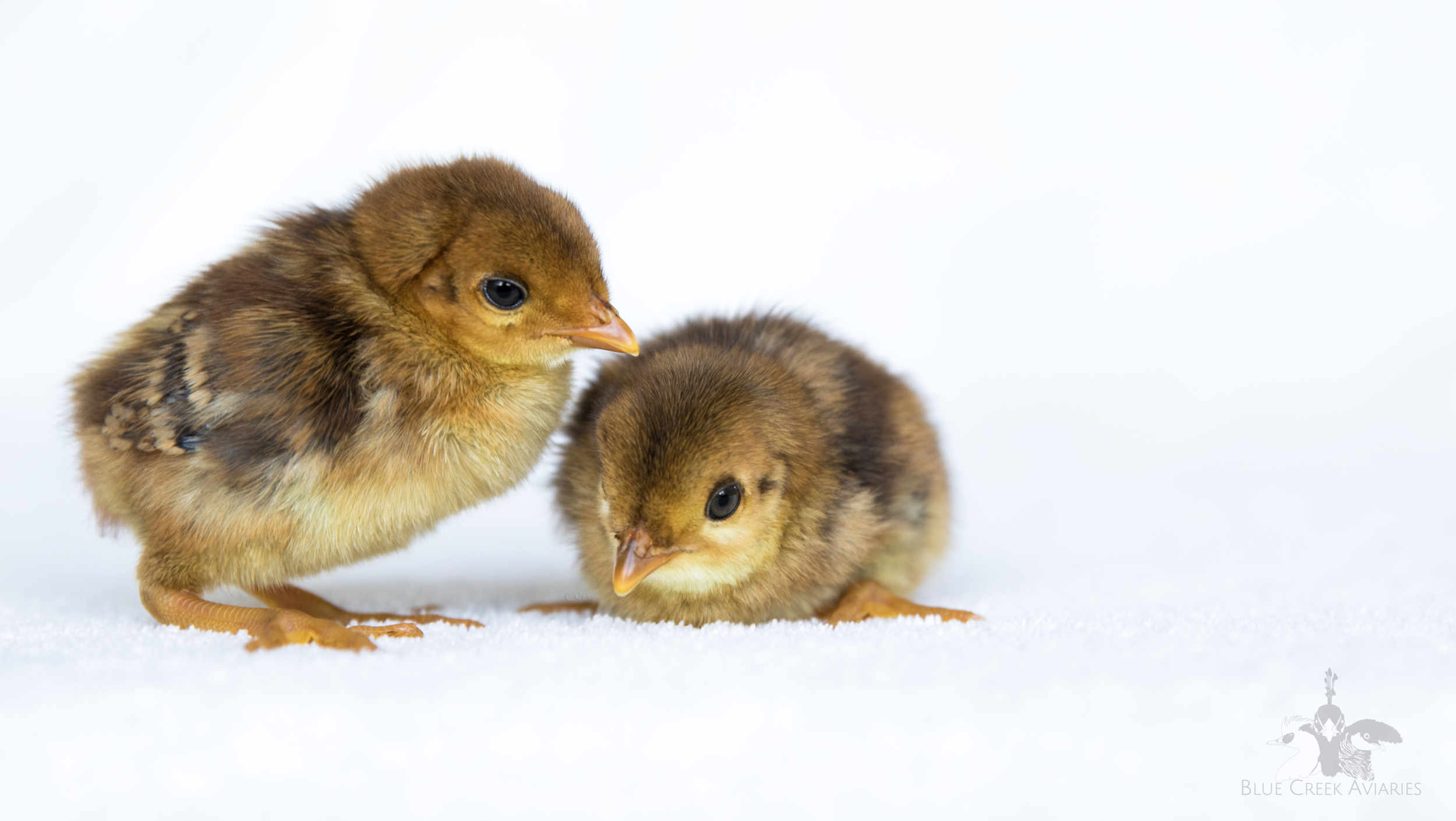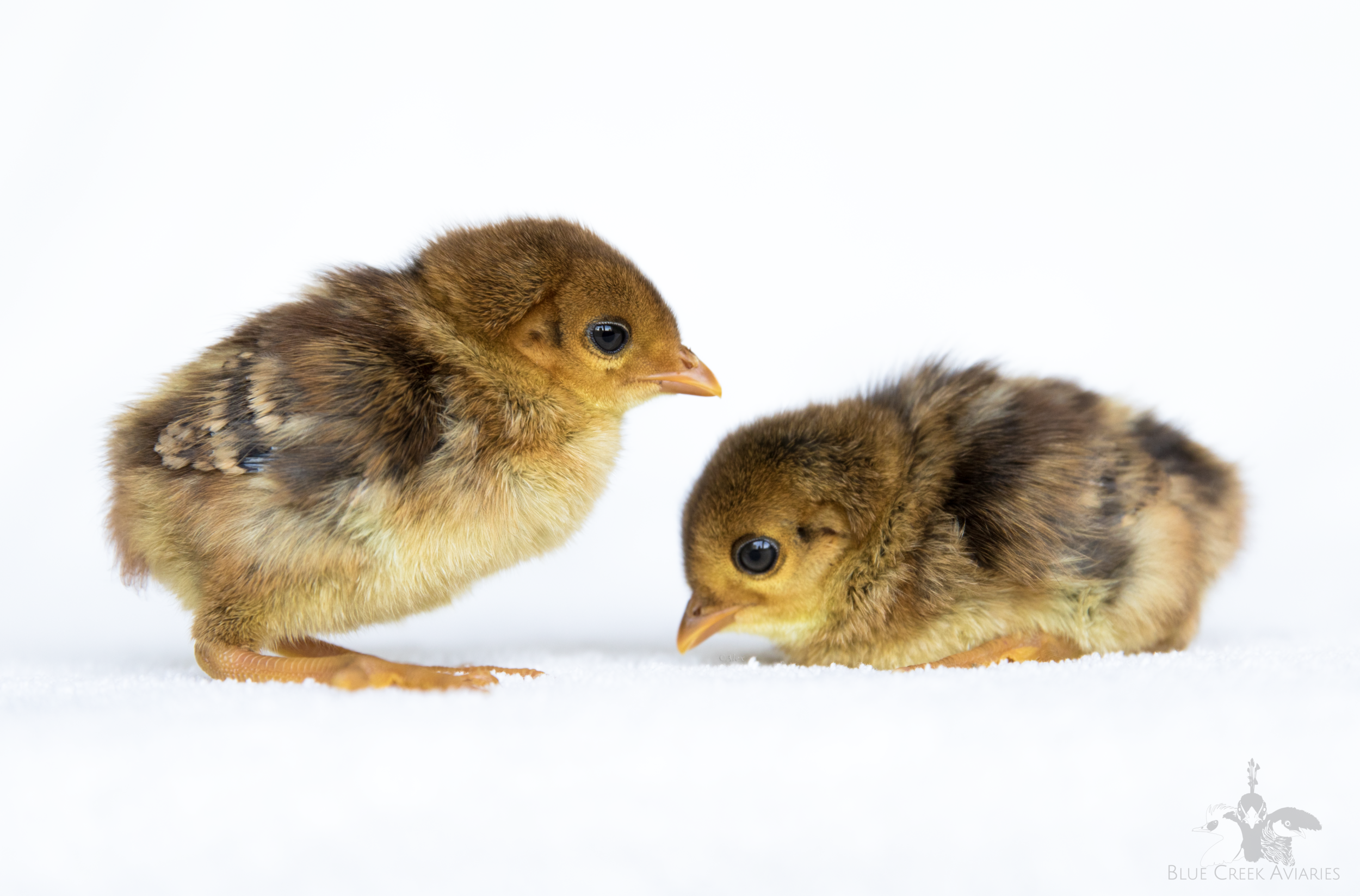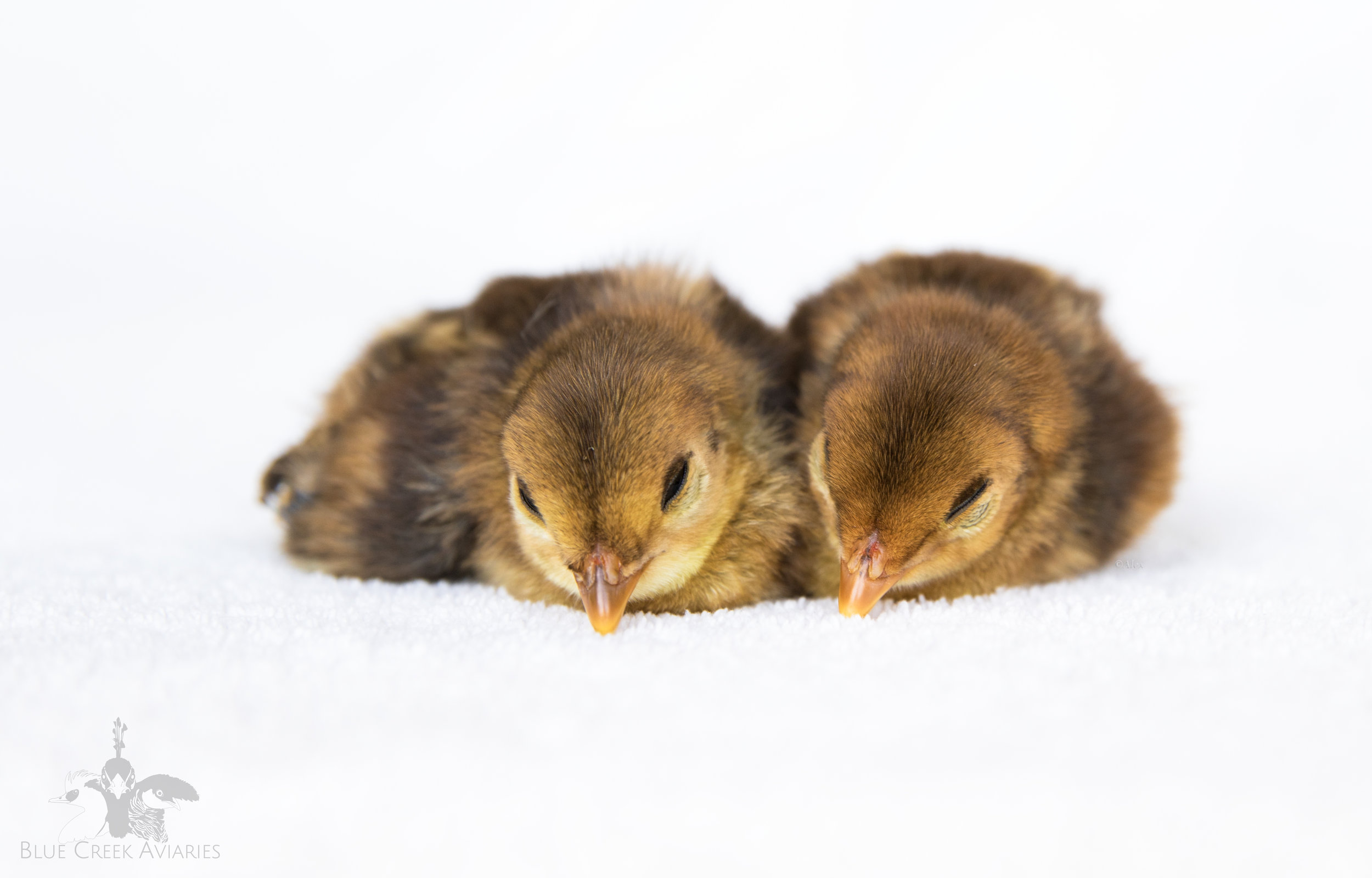Golden Pheasant
Golden pheasants are no longer a part of the collection as of 2019. This page will remain for reference purposes.
The golden pheasant (Chrysolophus pictus) is one of the most popular pheasant species in captivity. The males are very striking birds, sporting their plumage of scarlet red, a silky yellow crest, an orange and black ruff, green upper back feathers that lead to a yellow-golden back, and a spotted tail. The female is dull and has brown barring on a buff-light brown colored body. Both sexes have yellow legs. Furthermore, there are various regional phenotypes of the golden pheasants, and this is most noticeable when comparing birds from different regions in China (corresponding with the various imports). Golden pheasants are very hardy, surviving in northern climates without any issues. They are the ultimate beginner pheasant; the males will provide you with endless entertainment as he pursues his females and displays.
If this species is one that you wish to own, I suggest that you find a reputable source that has pure stock, as I have done by buying birds out of imported lines. Being a ruffed pheasant, the golden pheasant will hybridize with the Lady Amherst’s pheasant. I cannot emphasize how important it is to keep birds pure. The irresponsible propagation of hybrid ruffed pheasants makes it increasingly challenging to locate pure stock in captivity.
Keeping golden pheasants is not very difficult. As a rule of thumb, the more spacious the pen is, the better luck you will have with them. The males can display to the females anytime of the year, so it is vital that hiding spots are provided for them. In NY, I expect eggs from golden pheasants starting in May, and they can continue to lay through July. If you pull their eggs, they will continue to lay for an extended period of time; to halt excessive egg laying, I leave their eggs untouched to promote nesting and broody behavior. The incubation period is 22-23 days. I have good luck letting my females naturally incubate, and in some cases, even rear their chicks. The chicks are able to fly at a very young age, so keep this in mind if you decide to let the female raise them. By fall time, it is quite easy to sex them based off of their plumage.
Below are some photos of few day old golden pheasant chicks. Be sure to check out the Lady Amherst’s pheasant page as well to see how the chicks of these ruffed pheasant species compare.



